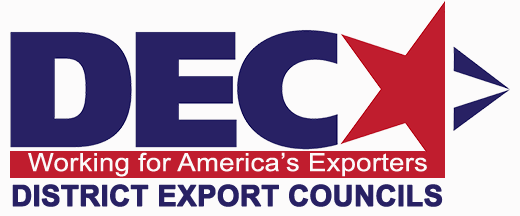U.S. free trade agreements with other countries can lower costs and make you more competitive.

If you are looking to export your product or service, the United States may have negotiated favorable treatment through an FTA to make it easier and cheaper for you. Accessing FTA benefits for your product may require more record-keeping, but can also give your product a competitive advantage versus products from other countries.
What is an FTA negotiated by the United States?
An FTA is an agreement between two or more countries where the countries agree on certain obligations that affect trade in goods and services, and protections for investors and intellectual property rights, among other topics. For the United States, the main goal of trade agreements is to reduce barriers to U.S. exports, protect U.S. interests competing abroad, and enhance the rule of law in the FTA partner country or countries. The reduction of trade barriers and the creation of a more stable and transparent trading and investment environment make it easier and cheaper for U.S. companies to export their products and services to trading partner markets.
How can FTAs benefit U.S. exporters or investors?
U.S. FTAs typically address a wide variety of government activity. One example is the reduction or elimination of tariffs charged on all qualified products coming from the other country. For example, a country that normally charges a tariff of 5% of the value of the incoming product will eliminate that tariff for products that originate (as defined in the FTA) in the United States.
Documenting how a product originates, or meets the rules of origin, can make using the FTA negotiated tariffs a bit more complicated. However, these rules help to ensure that U.S. exports, rather than exports from other countries, receive the benefits of the agreement.
Some other types of opportunities frequently found in FTAs include:
- the ability for a U.S. company to bid on certain government procurements in the FTA partner country;
- the ability for a U.S. investor to get prompt, adequate, and effective compensation if its investment in the FTA partner country is taken by the government (expropriated);
- the ability for U.S. service suppliers to supply their services in the FTA partner country;
- protection and enforcement of American-owned intellectual property rights in the FTA partner country; and
- the ability for U.S. exporters to participate in the development of product standards in the FTA partner country.
With which countries does the United States have an FTA?
The United States has 14 FTAs in force with 20 countries, and is currently in the process of negotiating regional FTAs with several others.
U.S. FTA Partner Countries: Australia; Bahrain; Chile; Colombia; DR-CAFTA: Costa Rica, Dominican Republic, El Salvador, Guatemala, Honduras, & Nicaragua; Israel; Jordan; Korea; Morocco; NAFTA: Canada & Mexico; Oman; Panama; Peru; and Singapore.
How can U.S. companies identify tariffs on exports to FTA partner countries?
The FTA Tariff Tool can help you determine the tariff, or tax at the border, that U.S. FTA partners will collect when a U.S. exported product that meets the FTA rule of origin enters the country. You can look up the tariff rate for a given product today, as well as identify when in the future the tariff rate will go down further or be eliminated altogether.
